Cruising amidst icebergs in a Zodiac never got old during our Polar Pioneer trip.
The water was always calm, and our mood at the outset was generally reverent: a combination of awe at how these beauties come into the world, appreciation of their beauty, and gratitude that we were some of the privileged few in the world to lay eyes on them.
- Icebergs vary surprisingly widely in size, shape, texture, and color.
- Floating ice absorbs wave energy, keeping the water flat.
- Several times we pulled basketball-sized bergy bits into the Zodiac for closer examination.
- The diagonal lines radiating out from the center indicate how this berg has rotated over time, each line indicating where the water once lapped against it.
- Massive icebergs had multiple caves.
- The texture varied not just from one iceberg to another, but also between sections or planes of a single larger iceberg.
- The backlit tunnels of this small blue berg reminded me of crashing surf.
- The different shapes had us spotting ducks, bears, the Loch Ness Monster, and more.
- This iceberg reminded me of a sundial.
- Our small Zodiacs cruised past vast icebergs — this one is medium-sized!
- The caves and tunnels we spotted were alluring, but too dangerous to enter.
- The old saying “the tip of the iceberg” is quite true; only about ten percent is visible above water.
- We nearly rubbed up against some of the smaller bergs for close inspection.
- Our guides — in this case Robyn — spent the 2-3 hour Zodiac tours standing and steering as they answered questions.
- Some of the icebergs looked like modern sculptures.
- Our ship, Polar Pioneer, surrounded by icebergs in one of our landing anchorages.
- Some icebergs were as big as, or bigger than, a city block, leaving my mind boggling over what must lurk below.
- Spotting an iceberg with an arch or hole all the way through was rare.
- This iceberg’s cave looked like it was just waiting for a concert to start.
- Bright sun was a photographic challenge, but also made us realize how fleeting and fragile these icebergs and the glaciers that calve them are.
- Distant icebergs against blue sky and barren mountain.
- The craggy top of this iceberg shows it came off the glacier recently, and has not yet melted enough to rotate.
- We sometimes witnessed chunks of ice falling from the roof of an ice cave, which dripped a constant rain of meltwater.
- I loved the vibrant blues of the iceberg and the sky above.
- Shapes vary widely, as these specimens demonstrate.
- Seeing massive icebergs from your bedroom window is quite a sensation.
- We caught a nice rainbow on one of our iceberg cruises.
- Birds and other wildlife were quite rare around icebergs.
- This iceberg looked like it was about to come to life and make a meal of this hapless bird.
Bundled up in numerous layers of clothing, eight passengers sat lined up on the black rubber pontoons of the small boat, cameras in hand. The guide driving the boat stood at the stern and steered, periodically stopping the boat to kick a chunk of ice out from under the outboard motor’s propeller.
We craned our necks this way and that as we skirted large bergs and circled smaller ones. Cameras whirred and people ducked out of the way of each others’ photos. For minutes at a time the only words spoken were “Wow!” and “Oops, sorry!” when one of us ducked the wrong way and spoiled another’s shot.
After fifteen or twenty minutes, we got used to our remarkable situation: our butts a couple of feet above almost-frozen water, ice cubes as big as houses floating just boat-lengths away, the nearest other humans hundreds of miles away across an icecap or an ocean. Relaxing into our “new normal,” we started to point out to each other icebergs that were shaped like ducks, or sharks fins, or the Loch Ness Monster, our hushed tones gradually rising in volume.
For the next ninety minutes the guide maneuvered our inflatable boat into the best possible photo angles while simultaneously fielding our questions. When our guide couldn’t answer one of our inquiries — Why are some icebergs blue? Why is that one so pockmarked? Is it true that 90 percent of an iceberg is under the waterline? — he or she would call the other guides on the radio to tap their specialties. As time passed our voices and laughter got louder, and our faces and bodies got proportionally colder.
Around the two hour mark the guide would ask if any of us were cold. After ten or so minutes of denial, someone would finally admit they were starting to feel the chill. A couple of others would agree. The rest of us would confess that we wouldn’t mind access to our bathrooms, or that it must be getting close to lunch time.
With a knowing smile the guide would turn the nose of the Zodiac towards the Polar Pioneer.
And a reverent silence would again descend upon us explorers.

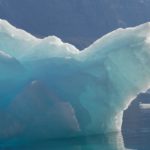
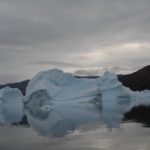
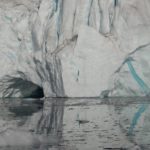
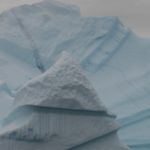
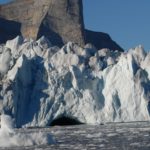
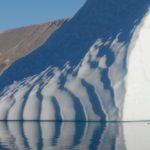
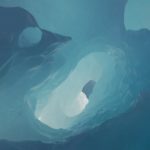
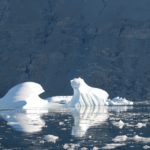
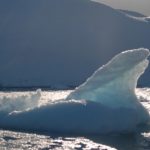
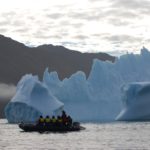
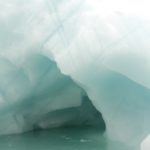
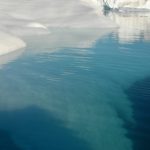
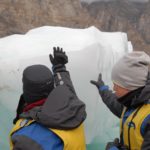
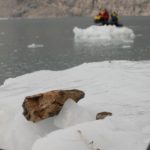

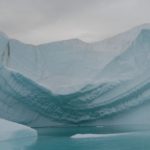
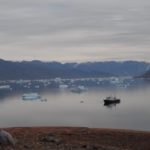
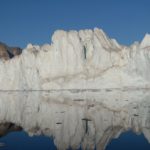
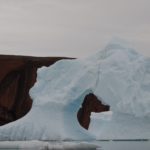
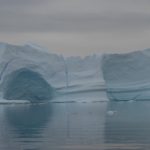
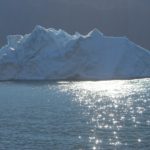
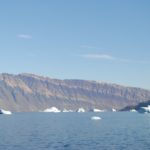
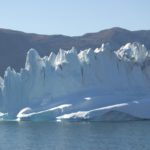
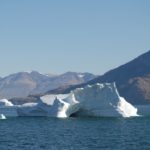
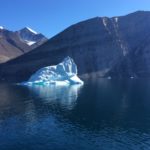
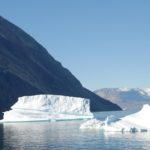
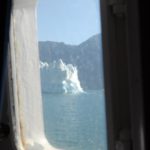
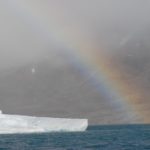
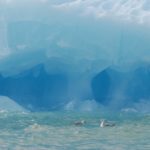
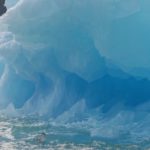
Recent Comments